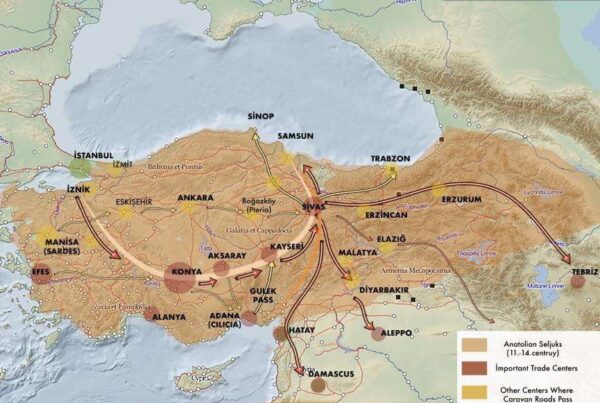by Rifai, M., Elshahawi, A. and Hamid, Z. A.
ABSTRACT
This research case study aims to investigate and conserve an ancient mirror excavated from the Aniba archae-ological site located in Aswan, Egypt, dates back to the New Kingdom (16th – 11th c. BC). The mirror was in a poor condition and required cleaning and conservation treatments. The mirror was analysed using a multi-technique approach, including radiography, stereo microscopy, metallography, multispectral imaging, XRD, and p-XRF. The XRF results indicated that the mirror is made of a copper alloy (tin bronze). XRD indicated the presence of various corrosion products, including cuprite (Cu2O), malachite Cu2(CO3)(OH)2, atacamite Cu2Cl(OH)3, and paratacamite Cu₃(OH)₆Cl₂, in addition to Quartz (SiO2), which together indicate the intensity of corrosion. The main objectives of this study are to assess the condition of the mirror, identify the corrosion and damage that have compromised the mirror and to find the most suitable method for conservation. In this contribution we review the history of the mirror, its condition, the documentation and cataloguing processes, and conservation procedures. The investigation concludes with preservation and storage recommendations.
![]()



